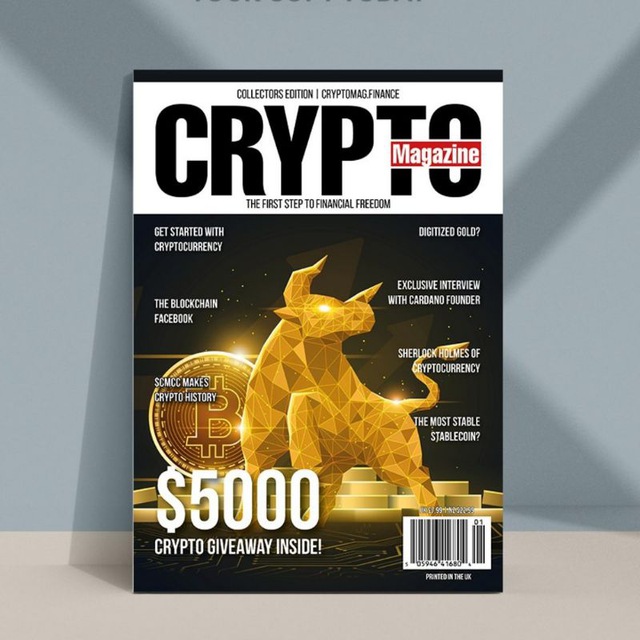Russian cryptocurrency transactions have seen a significant increase, and according to the Bank of Russia, the trend can be attributed in part to Donald Trump’s influence on the market.
The monetary authority expects continued support for the industry from the U.S. President’s administration to further stimulate investor interest in digital assets around the world.
Sizable increase in Russian crypto activity coincides with Trump’s return to power
Crypto asset flows linked to Russian residents have jumped by more than 51% during the last quarter of 2024 and the first three months of 2025, compared to the previous two quarters, the Central Bank of Russia (CBR) pointed out in its latest Financial Stability Review published Wednesday.
Assessing the inflows and outflows of funds initiated by Russian users on the world’s largest cryptocurrency exchanges, the financial regulator has put the total volume of these transactions in the said period at 7.3 trillion rubles (over $91 billion at current exchange rates).
Commenting on the numbers, the Bank of Russia remarked:
“This may be due to the U.S. presidential administration’s policy aimed at softer regulation of the crypto assets market, which has increased interest in the market.”
The authors of the study emphasize that sustained support from the current government in Washington may lead to even stronger interest in crypto assets from global investors.
They also highlight some of the Trump administration’s main moves in the space, including the decree to establish a strategic Bitcoin reserve and the acceptance of crypto ETF (exchange-traded fund) applications by the U.S. securities regulator.
Among the potential risks for Russia, the CBR mentions American intentions to toughen stablecoin rules, which may threaten the activities of Russian businesses using fiat-backed cryptocurrencies like Tether in foreign trade under Western financial restrictions. The bank noted:
“Strengthening the regulation of stablecoins in the U.S. will increase sanctions risks for Russian companies, including in connection with the possible blocking of tokens by their issuers.”
The surge in crypto activity came despite a 0.9% drop in Russian traffic to the examined trading platforms, which saw over 165 million visits from the country during the studied quarters. Russians’ share of the total registered traffic also dropped by three percentage points to 4.5%.
The Central Bank of Russia publishes its financial stability report twice annually. Its latest version does not identify the exchanges included in the analyses, the crypto page of the Russian business news outlet RBC noted.
However, the previous edition released in November listed about two dozen platforms most used by Russian traders, including global leaders like Binance and Bybit, as well as some of the most popular platforms in the Russian-speaking segment of the market, such as Exmo and the sanctioned Garantex.
Russians own over $10 billion in cryptocurrencies like Bitcoin and stablecoins
The Bank of Russia has based its assessments on data sourced from “Transparent Blockchain,” a specialized platform developed by the Federal Financial Monitoring Service that allows authorities to track and connect crypto and fiat transactions initiated by Russian citizens and entities.
Currently, the state-controlled forensics service is used by financial intelligence units and law enforcement officers in Russia and other countries from the Commonwealth of Independent States (CIS), but the plan is to also grant Russian banks access by the end of the year.
Relying on information provided by the platform, the Central Bank of Russia was also able to establish that Russian wallets on the analyzed crypto exchanges had balances worth 827 billion rubles in fiat equivalent (over $10.3 billion) as of the end of March 2025.
Accounting for 62.1% of the total, Bitcoin (BTC) is the most popular digital asset among Russians. The CBR recently listed the cryptocurrency with the largest market cap among the most profitable investments in the past year. Ether (ETH) ranks second with 22%, while 15.9% of the Russian digital money is held in the stablecoins USDT and USDC.
KEY Difference Wire: the secret tool crypto projects use to get guaranteed media coverage




